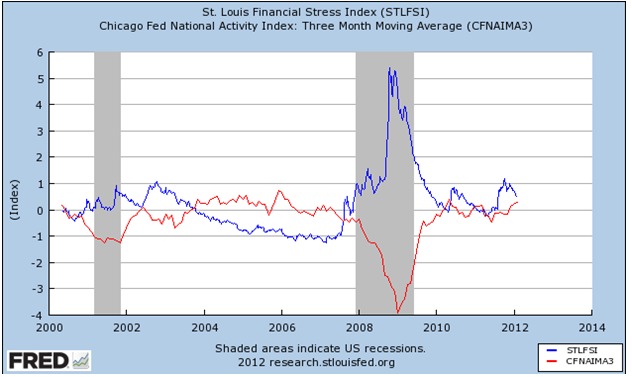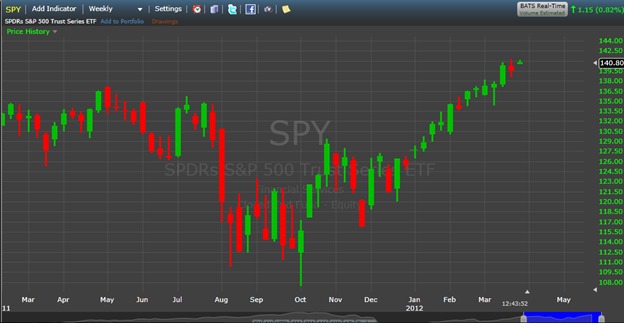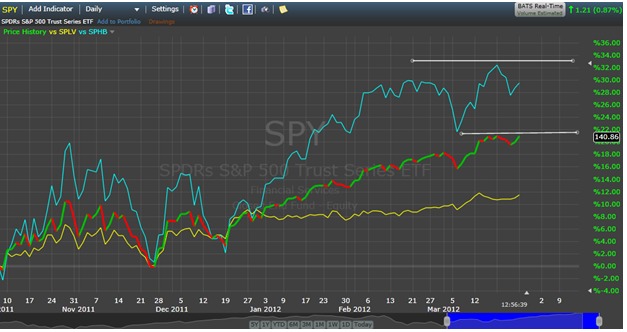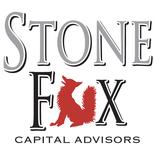 Author: Bill DeShurko, 401 Advisor
Author: Bill DeShurko, 401 Advisor
Covestor model: Dividend and Income Plus
Goldman Sachs portfolio strategists Peter Oppenheimer and Matthieu Waterspiler recently called early 2012 the best time in a generation to buy stocks. But before you mortgage the home (as if you could actually get a mortgage on your home) to buy into the stock market, consider this. Apparently their view is not unanimously held at Goldman, let alone on Wall Street. David Kostin, a Goldman strategist, reiterated his call for the S&P 500 to finish the year at 1250 – about a 10% drop from current levels. So which is it?
So with so much uncertainty surrounding such extreme opinions I thought it time to take a quick look at where I stood, and see if I needed to adjust my portfolios. A couple years ago I came across the St. Louis Federal Reserve’s Financial Stress Index (STLFSI) and the Chicago Federal Reserve’s National Activity Index (CFNAI). The two indexes have done well as a recession (not stock market) indicator when paired together. Since both are indexes of several economic statistics they give a broad picture of financial conditions and business activity, respectively.
Chart 1. CFNAI and STLFSI

The takeaways are:
- Prior to each of the previous recessions STLFSI was rising indicating increasing financial stress
- At the same time CFNAI – MA3 (the 3 month moving average), was declining
- Neither is the case currently, as activity is clearly improving, and stress is declining.
However, STLFSI is well above zero, which is well above the level reached prior to the 2001-2002 recession and close to the level at the start of the 2008-2009 recession. Bottom line: both levels are showing improvement. The glass half full interpretation is that business activity is improving even with fairly constraining financial conditions. The glass half empty interpretation is that business activity cannot continue expanding without a rapid improvement in financial conditions.
But that is the economy. And we know that economic conditions are not always coincident with market conditions. So what are the markets telling us?
First, I’ve charted the SPDR S&P 500 ETF (SPY) using weekly candlesticks. The last green candle represents about a ½ day on Monday the 26th. Two things are apparent. Since January overall volatility has been relatively low, and a single negative week like last week, really doesn’t mean much by itself. Momentum remains in favor of a continuing bull market.
Chart 2 SPY, 1 year weekly candles
 Source: www.freestockcharts.com
Source: www.freestockcharts.com
Below (Chart 3) I’m comparing SPY (red and green Line) to the Powershares S&P Low Volatility (SPLV) and High Beta (SPHB) ETFs. In down markets, the low volatility index will outperform the high beta index. One indication of coming market troubles could be a rotation from the higher beta stocks to the more conservative lower volatility stocks.
Chart 3 SPY vs. SPLV vs. SPHB
Source: www.freestockcharts.com
While the magnitude of the drop in SPHB in during three down days in the S&P 500 last week is troubling, we are seeing a nice coincident rally with the market over the last couple up days. What I will be watching, however, is the SPHB; it has not returned to its previous high as the SPY has. At the same time SPLV has remained pretty flat. This leads me to think that I will remain fully invested, but watch this chart closely. I really want to see SPHB regain its past highs to be confident that the rally is continuing. If it can’t, I’ll look to rotate into SPLV or similar low volatility holdings, or opt for cash if all three indexes start to decline.
Seasonally, the last week of March historically shows weakness, but we are a full month away from the “Sell in May…” strategy. Plus election years are historically strong.
The Bottom Line
While we have surpassed last year’s market high, we are still about 7.5% below the 2007 high attained before the financial crisis. Corporate profits are higher now than they were then. The P/E ratio for the market is in the mid teen range which is hardly expensive considering where interest rates are.
My assumption is the market moves higher until I’m proven wrong. I think that opportunity may come in a couple weeks when first quarter earnings start to be released. The fundamentals (STLFSI and CFNAI) are not strong enough for the market to shrug off slowing earnings growth. I’m making my shopping list now of lower volatility holdings that we will rotate into during the summer. And I’ll be ready to pull the trigger anytime in April or May. My first technical indicator will be if SPHB does not break through to a new high, prior to or early into earnings season.





